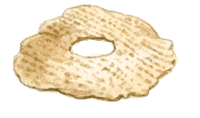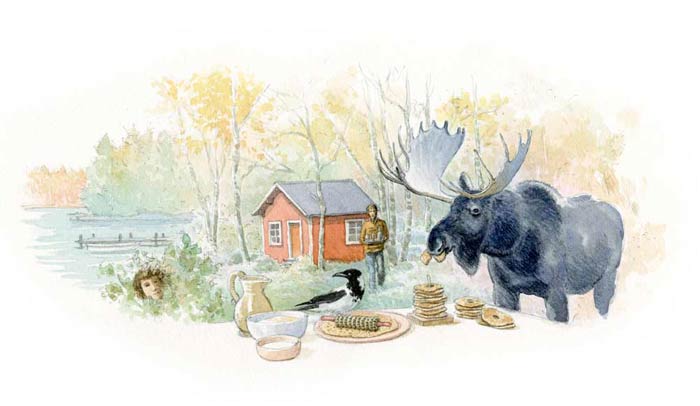Knäckebröd

Form: Crisp bread or cracker in form of a wafer
Country of origin: Sweden
What distinguishes it from other methods of bread making: Made with rye and wheat, dried in oven
Category of bread: (4) Belongs to this category that can stand the test of time, since it is already hard. Other breads in this category include the Croatian baškotin, Sardinian carasau and other products in the cookie/biscuit domain
Particularity: Always served with smorgasbord, the Swedish buffet
Ingredients: Rye and wheat flour; milk; baker’s yeast; honey or molasses; salt

Sweden
The tradition of dry or twice-cooked bread is found in cultures that had to solve the problem of how to preserve the foodstuffs that sailors took to sea or warriors to battle. Since the Scandinavians are such seafaring nations, it is therefore impossible to imagine that they wouldn’t have invented such reserve breads that can be “reactivated” by soaking them in liquid before eating.
These crispy knackered breads are the keystone of the famous Swedish buffet, the smorgasbord. There is even a wide variety of types, even in supermarkets abroad, the two most well known being Wasa, and Pågen’s variation Krisprolls, both of which have become well established around the world.
White and rye flour are mixed in equal parts. To this is added milk, baker’s yeast, honey or molasses, and salt. This mixture is then kneaded until a dough that does not stick to the fingers is obtained. It is left to stand for 30 minutes. A rolling pin is then used to roll out the dough into an extra-thin layer. This is then pricked with a kruskavel, a type of Swedish rolling pin with teeth, or failing this, with a fork. The dough is then cut into whatever shape is desired using a knife or a pastry cutter. They are then placed on a greased tray and baked for 5 minutes. The knäckebröd then goes back into the low-temperature oven of 50° C until it is completely dry.

